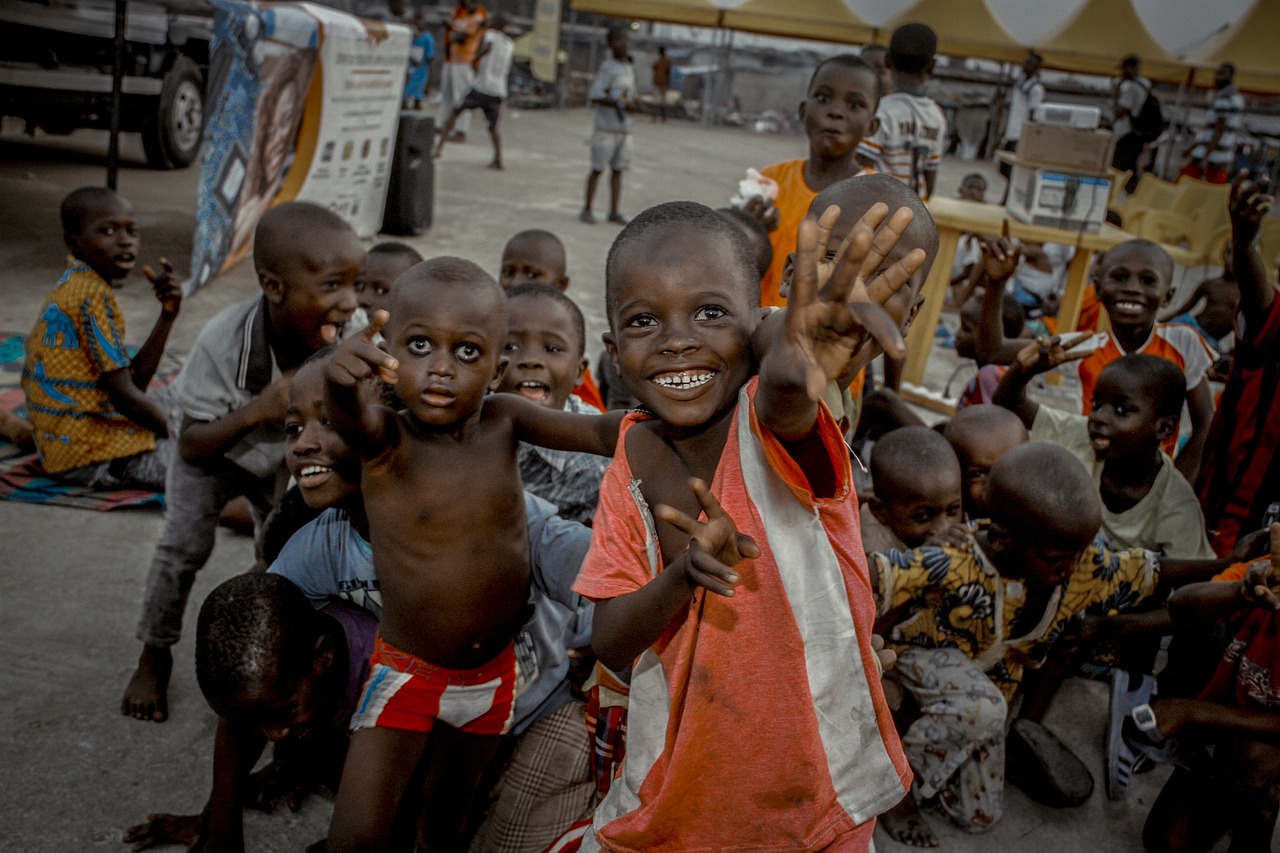Côte d’Ivoire: Global Fund Grant Performance Audit and Critical Areas for Improvement
- February 14, 2024
- TB / VIH
- By Paul Nesara
- Read in French

Located in West Africa, Côte d’Ivoire had a population size of 28.2 million as of 2022. In the last national Population-based HIV Impact Assessment survey conducted in 2018, Côte d’Ivoire showed an annual rate of 0.03% new HIV infections and a prevalence of 0.2% among adults[1]. HIV prevalence was highest among key populations (people who inject drugs – 3.4%, sex workers – 4.8%, men who have sex with men – 7.7%, and transgender – 24.7%). In 2023, the World Bank reported a TB incidence of 123 cases per 100,000 people[2], which is significant progress compared to 159 cases per 100,000 population in 2015. Further, the WHO World Malaria Report for 2023 shows that in 2022 alone, there were 7.3 million malaria cases and 11,154 deaths[3]. Plasmodium falciparum parasite accounted for 98 to 99% of malaria cases.
Côte d’Ivoire is one of the countries the Global Fund selected for a high-impact grant – a very large portfolio with high disease burdens. In Grant Cycle 6 (GC6), the grant was at €293 million. As is the norm with GF grants, the Office of the Inspector General (OIG) often conducts periodic audits to determine a country’s performance in ending the epidemics of HIV/AIDS, TB, and malaria. Thus, in December 2023, the OIG produced its audit report on Côte d’Ivoire’s GC6 implementation. Presented below are key highlights of the report.
HIV
The audit report commended that the HIV grant is performing well. For example, 97% of the estimated 380,000 people living with HIV were on treatment, 83% of whom were virally suppressed. The coverage for the Prevention-of-Mother-To-Child-Transmission was 95%.
TB
The audit findings indicate that TB incidence and mortality are stabilizing: TB treatment success rate stood at a high of 84%. The treatment coverage is relatively high, thanks partly to the central level’s robust stock monitoring mechanism, including the robust quantification and planning mechanism for validating health orders, which ensures health products are available. The Principal Recipients of the grants already have adequate internal control mechanisms over expenses and procurement, thus ensuring reasonable accountability measures for the grants. Sadly, the robustness in quantification and planning is less apparent at the periphery, where the last-mile distribution occurs. Additionally, identifying cases is less proactive at the periphery, as only 59% of the nearly 35,000 estimated TB cases were diagnosed and treated.
Malaria
The country allocated 60% of its total Global Fund grant to malaria response. Such a high allocation is a clear commitment to the fight against the malaria burden in the country. However, malaria incidence more than doubled to 8 million cases in 2022. A partial explanation could be the rise in the notification rates due to the use of Rapid Diagnostic Tests (RDTs) at both the community and health facility levels. At the same time, there still could be underreporting of actual incidence due to the significant stock-outs of RDTs and other medicines critical for timely diagnosis and treatment.
Further, there is low effectiveness of the mass campaign distribution of Long-Lasting Insecticidal Nets (LLIN), limited understanding of the causes for low LLIN utilization, and limited use of national and sub-national data to adapt the national malaria response. Implementation is affected by weaknesses related to the Health Management Information System, community health, and the supply chain at the last mile, all of which contribute to the OIG redlining the country’s residual risk for malaria – program quality – in its audit.
OI Summary
Overall, the design and implementation of malaria and TB interventions were rated as requiring significant improvement. These included proactive case identification and management and effective utilization of molecular diagnostic tools. The repeated and lengthy stock-outs at health facilities and community levels necessitate significant improvement in the logistics to ensure continuous availability of health commodities to the patient, which is essential in the fight against the diseases. In addition, governance, oversight mechanisms, and implementation arrangements to ensure accountability of grant activities were rated partially effective.
The Global Fund Secretariat has committed to supporting the Ministry of Health in analysing the reasons for the low utilization of nets and delays in the procurement of non-health products, as well as examining the TB cascade to ensure better detection of cases. It will also work with the MoH to strengthen monitoring and oversight of the distribution of health products from the centre.
Conclusion
Côte d’Ivoire is a high-impact country that receives Global Fund grants to which it is also a donor, pledging US$2 million to its Seventh Replenishment (2023-2025) for eradicating HTM – a 33% increase over its contribution to GC6. Given that the issues raised in the audit report are operational, Côte d’Ivoire and its community partners to the GF grants (Alliance Nationale pour la Santé et le Développement en Côte d’Ivoire – for the HIV and TB programs, and Save the Children Federation for the malaria program), must vigorously address the shortcomings highlighted in the OIG audit. Increasing the risk appetite for malaria, strengthening logistics for TB, and using the data to inform planning could be a start.
Paul Nesara
Source:
[1] https://phia.icap.columbia.edu/countries/cote-divoire
[2] Incidence of tuberculosis (per 100,000 people) – Cote d’Ivoire | Data (worldbank.org)
[3] World Malaria Report 2023. Geneva: World Health Organization; 2023. Licence: CC BY-NC-SA 3.0 IGO


